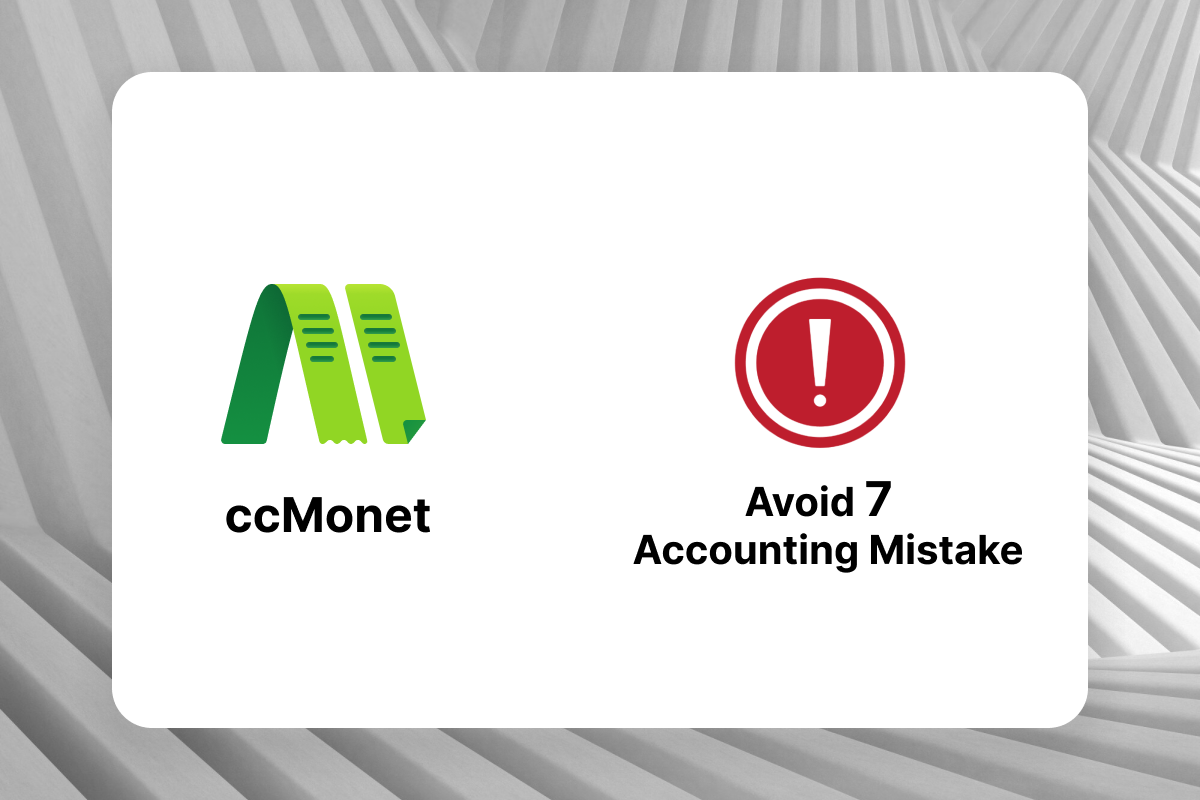
The F&B industry is fiercely competitive, and profit margins are already razor-thin. Seemingly minor accounting mistakes may not stand out on paper, but they can gradually inflate costs and directly eat into already fragile profits.
Many F&B owners excel at operations, understand their products, and know how to deliver customer experiences—but often take financial management lightly.
The result? Unclear books, tight cash flow, tax filing errors, and even missing the best timing for business decisions.
Below are the 7 most common costly accounting mistakes in F&B restaurants, along with practical solutions. See if you might be falling into these traps.
Many restaurant owners use the same bank card for household spending and business expenses. Over time, this creates messy financial statements, leads to tax reporting errors, and even risks scrutiny from tax authorities.
Handwritten supplier invoices, POS slips, or employee reimbursement receipts—once lost—cannot support expenses. This results in incomplete records and missed tax deductions.
Many restaurants pile up receipts until the end of the month—or worse, the quarter—before processing them. This not only creates a heavy workload but also leads to omissions or duplicate entries, distorting financial data.
Ingredients are a restaurant’s largest expense, yet many owners only see the total figure without knowing the breakdown of “meat, vegetables, beverages, condiments,” etc. Without this, it’s hard to spot waste in procurement.
The F&B industry sees high staff turnover, with part-timers, temps, and overtime pay often overlooked. If labor costs are not fully recorded, financial statements become severely distorted.
“It looks profitable on paper, but there’s no cash to circulate” is a common dilemma in F&B. Owners often fixate on sales revenue while ignoring receivables, payables, and inventory.
A part-time accountant can do your books, but only the owner truly understands the details of operations. If owners lack direct awareness of their financial data, their business decisions lose grounding.
To help restaurants plug financial gaps, ccMonet has designed intelligent financial solutions tailored for the F&B industry:
Finance is not a burden—it’s the guardian of restaurant profits. By avoiding these 7 mistakes, your restaurant can operate steadily in a low-margin environment and prevent financial leaks.
👉 Want stress-free bookkeeping?
Try ccMonet, and turn restaurant accounting from a hidden cost into a competitive advantage.